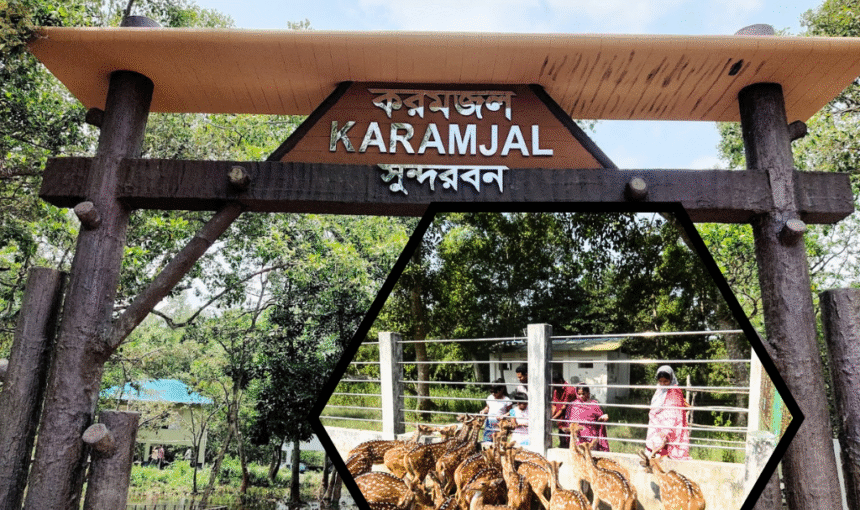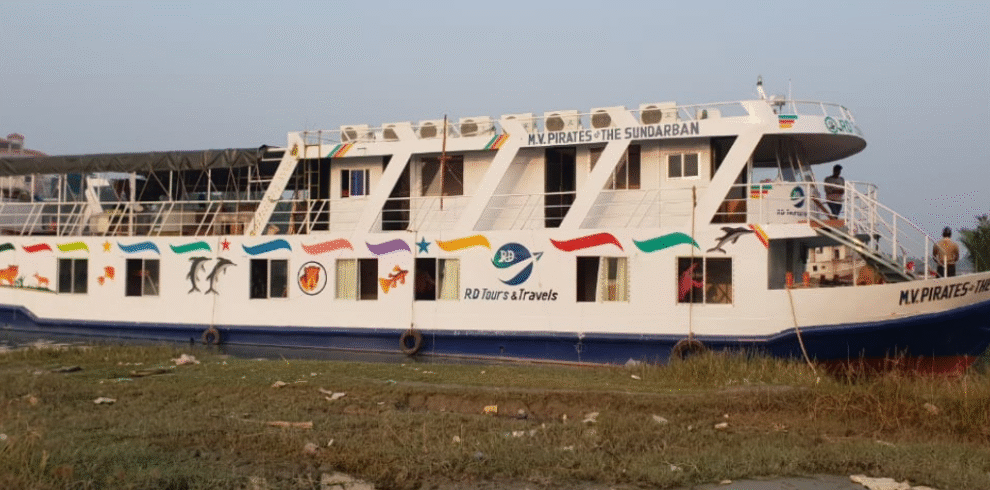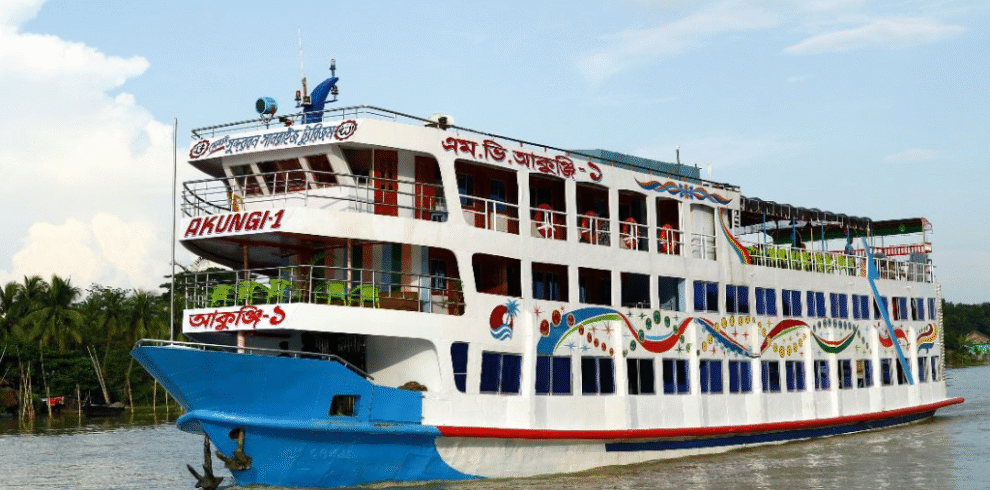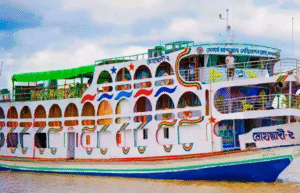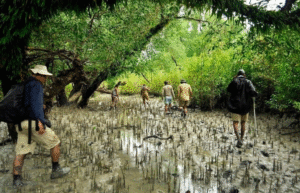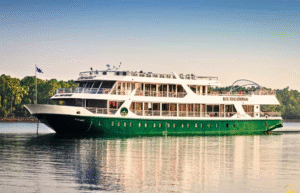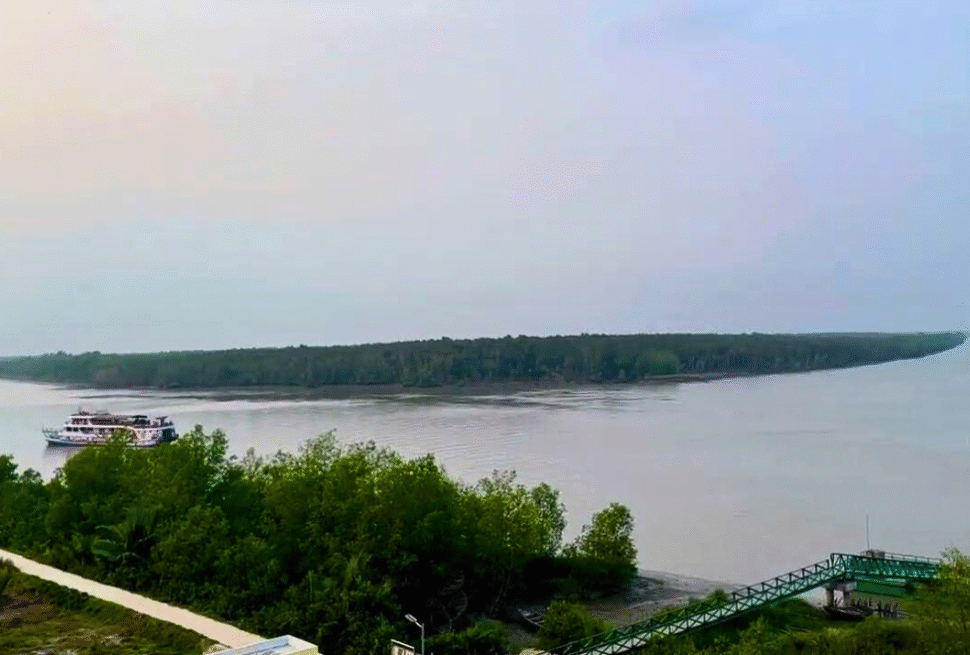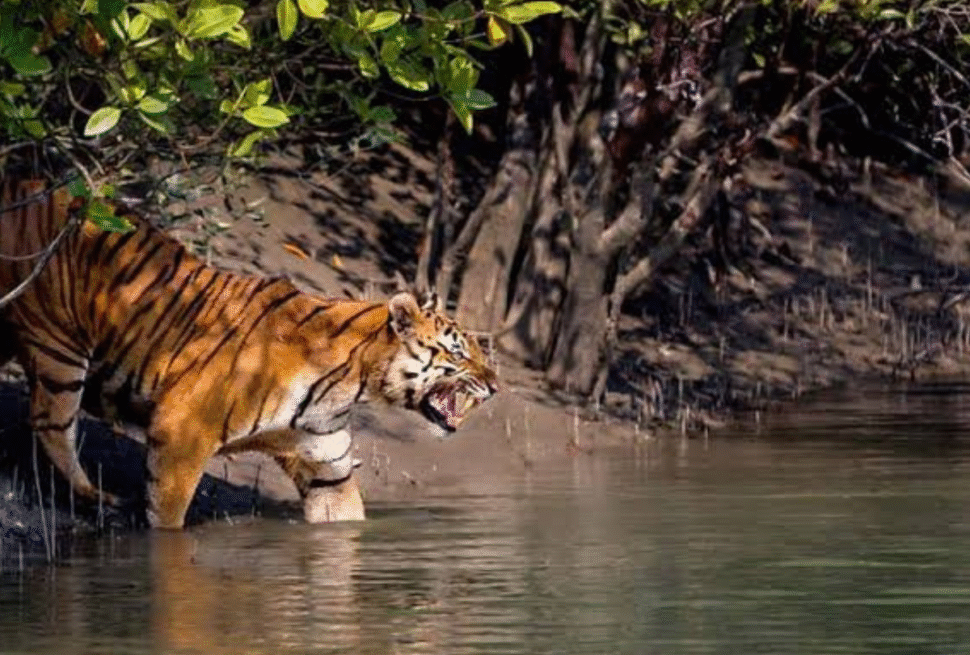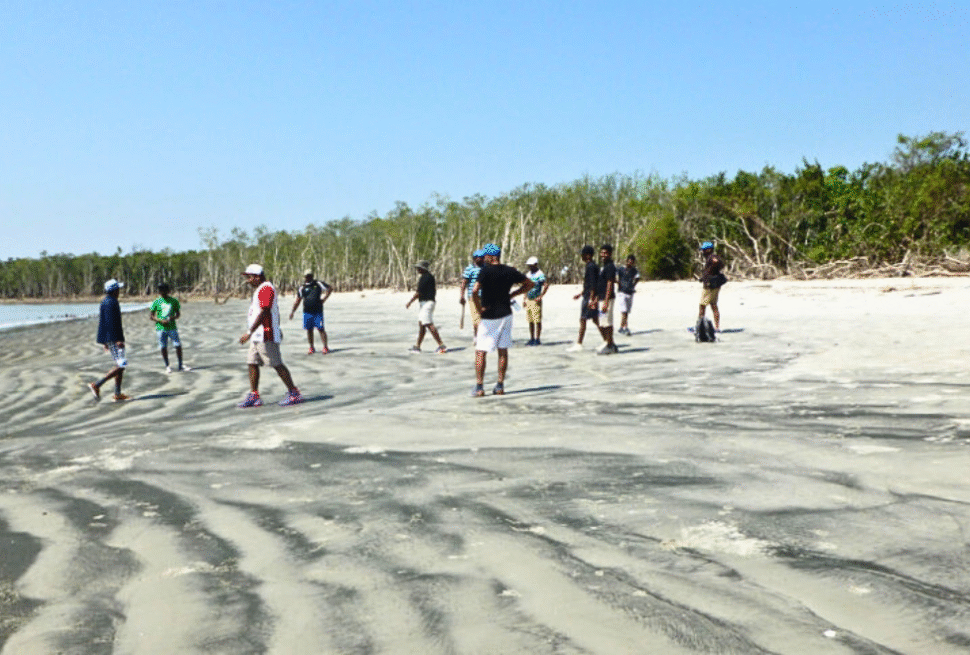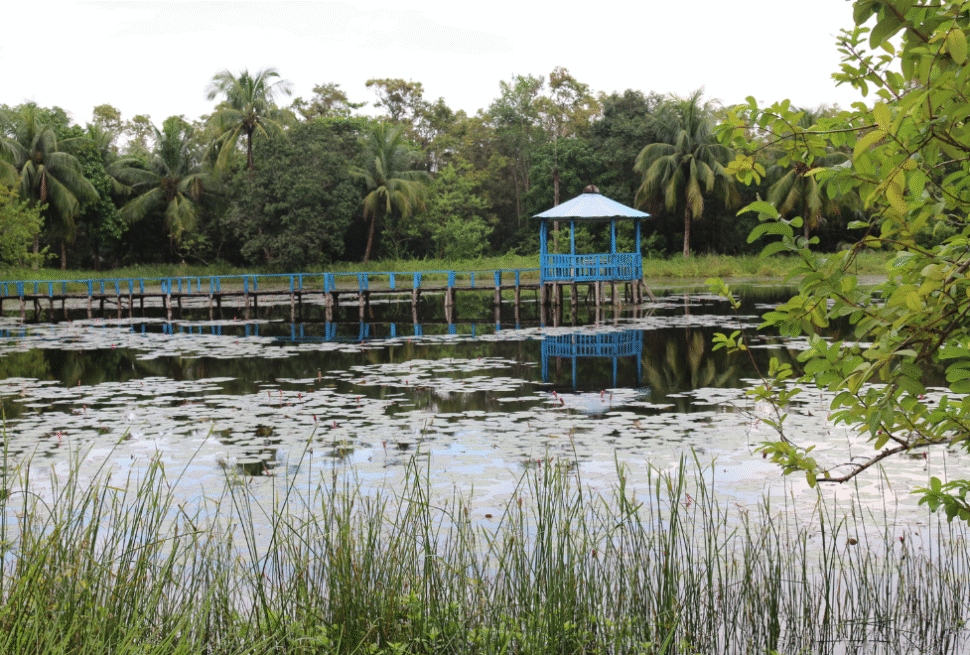If you’re planning a trip to the legendary Sundarbans in Bangladesh, Karamjal should be high on your list. Tucked away near Mongla Port, this eco-tourism gem offers an up-close introduction to the world’s largest mangrove forest — and it’s just a short boat ride away.
Whether you’re a wildlife enthusiast, an eco-conscious traveler, or simply craving some peace in nature, Karamjal is the perfect starting point for your Sundarbans journey.
Getting There An Easy Escape into Nature
Karamjal is only about 8 kilometers from Mongla, making it one of the most accessible parts of the Sundarbans. From Khulna, it’s around a 1.5-hour drive to Mongla. Once there, hop on a local boat for a scenic 20–30 minute ride through winding river channels to reach Karamjal.
It’s a journey that feels like a slow unraveling — from urban bustle to serene wilderness.
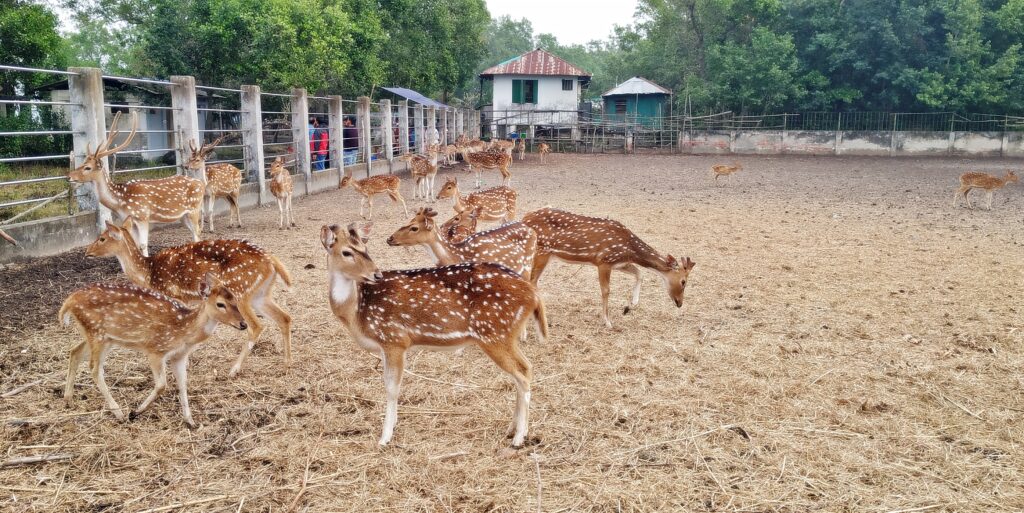
What to Expect in Karamjal
As soon as you step onto the wooden pier, you’ll feel the difference — clean air, birdsong, and the rhythmic rustle of mangrove leaves. Karamjal is more than just a tourist spot; it’s a wildlife conservation and eco-tourism center managed by the Forest Department of Bangladesh.
Here’s what makes it so special Karamjal
Wildlife Spotting
One of the highlights? The free-roaming spotted deer and cheeky monkeys that often greet visitors. If you’re lucky, you might catch a glimpse of a monitor lizard or even an estuarine crocodile in the nearby waters.
There’s also a crocodile breeding center where you can safely observe these prehistoric creatures up close. Don’t miss the chance to learn about their conservation efforts!
It’s a journey that feels like a slow unraveling — from urban bustle to serene wilderness.
The Famous Mangrove Walkway in Karamjal
Take a walk along the elevated wooden boardwalk, which winds through the forest and offers breathtaking views of the dense mangrove jungle. The boardwalk makes it easy (and safe!) to explore without disturbing the fragile environment.
You’ll see trees like Sundari, Gewa, and Goran, and get a feel for the remarkable biodiversity of this UNESCO World Heritage Site
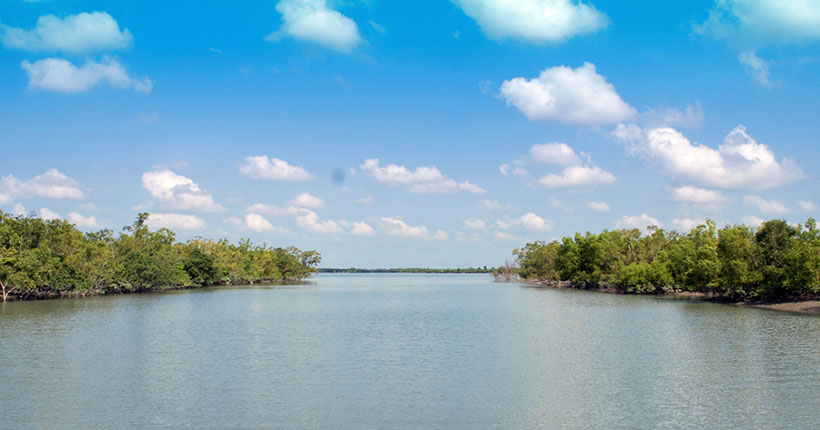
Learning with Every Step
Karamjal is educational as much as it is beautiful. Along the trails, you’ll find informative signs and exhibits that explain the local ecology, the role of mangroves in protecting the coast, and the importance of preserving endangered species — including the majestic but elusive Royal Bengal Tiger.
Best Time to Visit
The cooler, drier months — November through March — are ideal for visiting. The weather is comfortable, and wildlife tends to be more active during this time. Try to avoid the monsoon season (June–September), as the trails can get slippery and river travel becomes trickier.
Travel Tips for Karamjal
- Bring binoculars and a camera — you’ll want to capture the wildlife and lush scenery.
- Wear comfortable shoes and light, breathable clothing.
- Don’t forget mosquito repellent — it’s a mangrove forest, after all.
- Carry drinking water and some snacks (but don’t litter!).
- Consider hiring a local guide to get deeper insights and avoid missing hidden gems.
Why Karamjal Matters
More than just a travel destination, Karamjal plays a critical role in conservation and environmental awareness. Visiting here supports eco-tourism initiatives, generates income for local communities, and helps fund efforts to protect the unique species and ecosystems of the Sundarbans.
In a world where natural habitats are vanishing fast, places like Karamjal remind us why protecting the planet is so essential.
Final Thoughts
Karamjal is the perfect blend of adventure, tranquility, and education — a rare combination that leaves you feeling enriched and inspired. Whether it’s your first visit to the Sundarbans or a return trip, Karamjal offers a gateway to one of the most extraordinary natural wonders on Earth.
So, are you ready to take a walk through the wild?
Pack your bags, charge your camera, and let Karamjal take your breath away.

